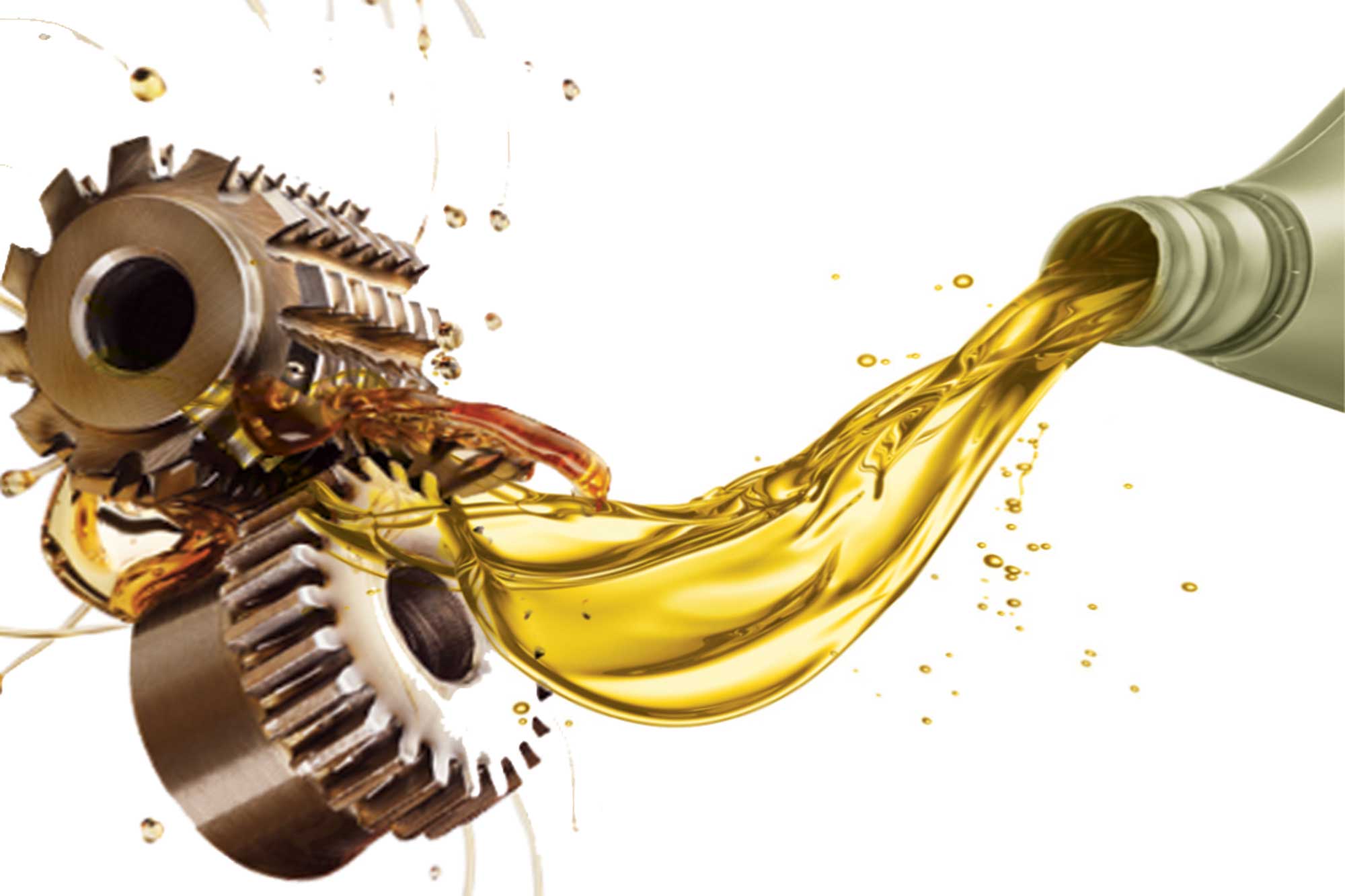Gears are the backbone of countless machines, powering everything from industrial equipment to vehicles. Ensuring their smooth operation is vital, yet wear and tear are constant threats that can significantly reduce gear lifespan and machine efficiency. One of the most effective defenses against this degradation is the use of quality gear oils. At EVISCO, we understand the importance of maintaining your machinery’s performance and longevity through the right lubrication techniques. This article explores six proven strategies involving Gear Oils that help prevent gear wear and tear, keeping your operations running smoothly.
Understanding the Role of Gear Oils in Machinery
Gear oils are specialized lubricants designed to protect gear systems by reducing friction, preventing corrosion, and dissipating heat generated during operation. Unlike engine oils, gear oils have higher viscosity and contain additives tailored for heavy load conditions typical in gears. These oils create a protective film on gear surfaces, preventing direct metal-to-metal contact, which is the primary cause of wear.
Proper lubrication not only enhances gear efficiency but also minimizes maintenance costs and downtime. Using the right gear oil and employing best practices in its application are essential to extending gear life.
Strategy 1: Select the Correct Gear Oil Grade for Your Application
Choosing the appropriate gear oil grade is the foundation of effective gear protection. Gear oils come in various viscosities and formulations, including synthetic, semi-synthetic, and mineral-based options. The viscosity grade determines how well the oil can maintain a protective film under different temperatures and loads.
For high-load and high-speed applications, synthetic gear oils often provide superior performance due to their thermal stability and enhanced additive packages. Meanwhile, mineral oils may suffice for less demanding environments. Ensuring compatibility with manufacturer specifications and operating conditions is critical to prevent premature wear.
Strategy 2: Maintain Proper Oil Levels and Change Intervals
Maintaining adequate oil levels in gearboxes is vital. Low oil levels reduce the lubricant’s ability to form a consistent protective layer, exposing gears to increased friction and wear. Regularly checking oil levels and topping up as necessary can prevent costly gear damage.
Equally important is adhering to recommended oil change intervals. Over time, gear oils degrade due to thermal stress, contamination, and additive depletion, losing their protective qualities. Timely oil replacement ensures that your gear system consistently receives optimal lubrication and protection.
Strategy 3: Monitor and Control Operating Temperatures
Operating temperature heavily influences gear oil performance. Excessive heat accelerates oil oxidation and breaks down additives, diminishing lubrication efficiency. High temperatures can also cause oil to thin, reducing its ability to maintain a protective film on gears.
Implementing cooling systems or ventilation to manage operating temperatures helps prolong gear oil life. Additionally, selecting gear oils with high thermal stability ensures that your lubrication remains effective under challenging temperature conditions, preventing gear wear caused by oil breakdown.
Strategy 4: Utilize Gear Oils with Advanced Additive Technology
Modern gear oils contain additive packages designed to combat specific wear mechanisms such as oxidation, corrosion, and metal fatigue. Anti-wear additives form a protective layer on gear surfaces, reducing friction and metal-to-metal contact. Extreme pressure (EP) additives are particularly crucial in heavy-duty gear applications, protecting against surface damage under high load.
Choosing gear oils enriched with these advanced additives significantly enhances gear protection, extending the lifespan of your equipment and maintaining smooth operational performance.
Strategy 5: Keep Gear Oil Clean and Free from Contaminants
Contaminants such as dirt, water, and metal particles can severely impair gear oil performance. These impurities accelerate wear and corrosion, leading to premature gear failure. Ensuring that the gear oil remains clean through proper filtration and storage practices is essential.
Regularly inspecting the oil for signs of contamination and using high-quality filters helps maintain oil purity. Additionally, sealing gearboxes properly prevents the ingress of dust and moisture, safeguarding the lubrication system and gears.
Strategy 6: Conduct Routine Gearbox Inspections and Oil Analysis
Preventive maintenance through routine inspections and oil analysis is a game-changer in gear wear prevention. Visual inspections can reveal early signs of gear damage or oil degradation. Meanwhile, laboratory analysis of gear oil samples provides detailed information on contamination levels, additive condition, and wear metal presence.
By proactively monitoring oil health and gear condition, you can schedule maintenance interventions before significant damage occurs. This strategy maximizes gear lifespan and reduces unexpected downtime.
Conclusion: Maximizing Gear Longevity with Smart Gear Oil Practices
Preventing gear wear and tear requires a multifaceted approach, with gear oils playing a central role. Selecting the right gear oil, maintaining proper levels, controlling operating temperatures, utilizing advanced additives, keeping oils clean, and performing routine inspections form a robust strategy to extend gear life and ensure smooth machine operation.
At EVISCO, we offer expertly formulated gear oils and valuable resources designed to help you optimize your gear maintenance program. By implementing these six proven strategies, you can significantly reduce gear wear, minimize maintenance costs, and boost overall equipment efficiency. Easily navigate our content by starting from the homepage.
Frequently Asked Questions (FAQs)
What are gear oils and why are they important?
Gear oils are lubricants specifically designed for gear systems to reduce friction, wear, and heat, ensuring smooth operation and longer gear life.
How often should gear oil be changed?
The interval depends on operating conditions and manufacturer recommendations, but typically every 10,000 to 30,000 miles or annually for industrial equipment.
Can I use engine oil instead of gear oil?
No, gear oils have different viscosity and additive requirements tailored for gear load conditions. Using engine oil can lead to inadequate protection and faster wear.
What additives should I look for in gear oils?
Look for anti-wear additives, extreme pressure (EP) additives, and corrosion inhibitors to provide comprehensive protection.
How does temperature affect gear oil performance?
High temperatures can degrade gear oil, reducing viscosity and additive effectiveness, leading to increased gear wear.
Why is oil cleanliness important in gear systems?
Contaminants can cause abrasive wear, corrosion, and reduced lubrication efficiency, accelerating gear damage.
